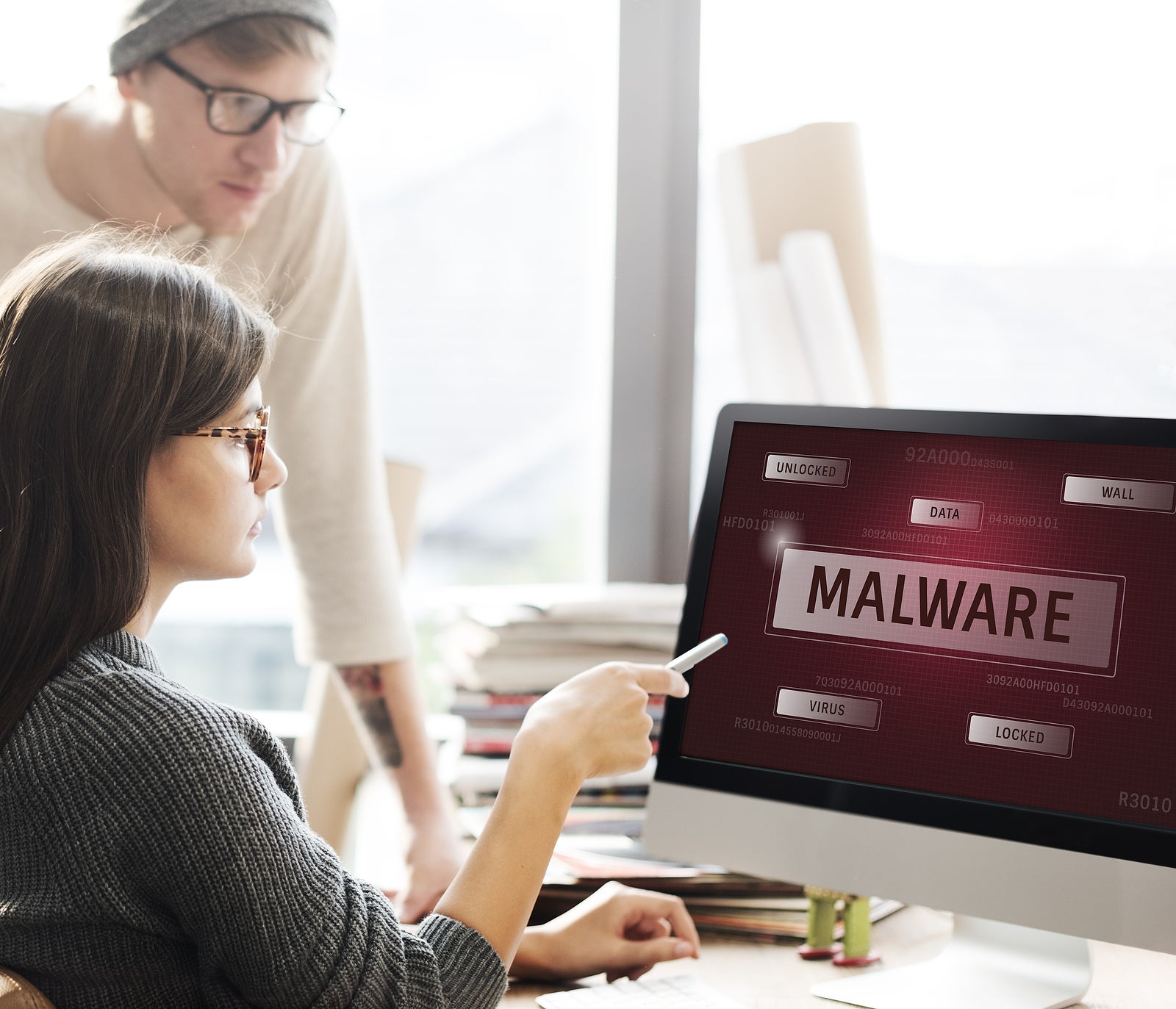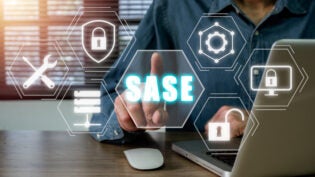
Finding ways to protect your online business can be intimidating. It’s important to have security, but it only takes one mistake to let a hacker through. If you have multiple tools at your disposal, then you can better protect your business. Here are some tips for online business security.
1. Use Single Sign-on (SSO)
Single sign-on is a way to securely authorize users while reducing the number of passwords they have to remember. Most SSO systems use standards such as SAML to make sure that only people who are authorized can access resources or services. They share information via a SAML assertion to confirm user authorization and ensure the user request is authentic.
SAML is a very flexible security service because it allows the user to be authenticated in one process rather than requiring that the user be authorized for each specific process. It is often used in tandem with external services such as software-as-a-service applications.
2. Backup Data and Update Software Regularly
Make sure you have automatic backups scheduled regularly for all your data. It’s also a good idea to have an option available for employees to manually backup data. No matter how tight your security is, there’s always a chance a hacker could slip through the net.
Backups make sure there is a clean copy of your data in case this happens. Make sure you update your software regularly, including antivirus software. Updates often include security patches to fix vulnerabilities and increase device protections.
4. Create Clear Security Procedures
Create a detailed plan for your security. Understand what protection your organization requires and what kinds of sensitive information you have. Think about how often you should have your security software run scans, how to protect both your software and hardware and determine how employees should handle sensitive information.
Make sure you revise these procedures regularly. Don’t wait until an obvious change occurs. Try to be proactive with your security instead of reactive.
5. Be Wary of Hyperlinks
One of the most common ways hackers try to gain access to your organization is with a bad hyperlink. It can be easy to miss the signs of a phishing email or other suspicious communication. When an employee mistakenly clicks on one of these hyperlinks, it can take him or her to a malicious website, allow a hacker access to steal secure information or plant malware on the employee’s device.
These hyperlinks will commonly appear in urgent-seeming communications, such as a fake email from a supervisor asking for information immediately. They can also appear as fake surveys. Increasingly, hackers are attacking businesses through text messages and social media. It’s important to make sure everyone in your organization is aware of suspicious hyperlinks and knows what signs to look out for in suspect communications. Being alert is the best way to filter out these dangerous attacks.
6. Keep a Tight Lid on Sensitive Information
Whether your business is large or small, not everyone in it will need to access all of your secure information. A marketing professional doesn’t need to know the ins and outs of customer data, for example. Make sure you have a plan in place to determine which employees can access what information.
Many organizations will determine levels of access based on employees’ job descriptions. Make sure employees understand their access levels and the responsibilities that come with their access.
8. Educate Your Employees
You can incorporate the best security programs in the world, but if your employees don’t know about your protocols or how to work with them, then your security hardware and software are useless. Your employees are your most active line of defense, but also your most vulnerable layer of security. It’s easy for an employee who is uneducated about online security to be tricked by a scam or to not properly secure his or her data.
The best thing you can do is make sure your employees are educated on this topic. Provide documentation and training sessions to make employees aware of your company’s security. Update these resources regularly. Many organizations offer security training annually. You can also raise employee awareness about disinformation and give them access to resources such as fact-checking websites so they can be proactive in their security education.
The best security is usually multi-layered security. If you find several different security measures that work for you, you can usually find ways for them to work well together.
1488 Views












